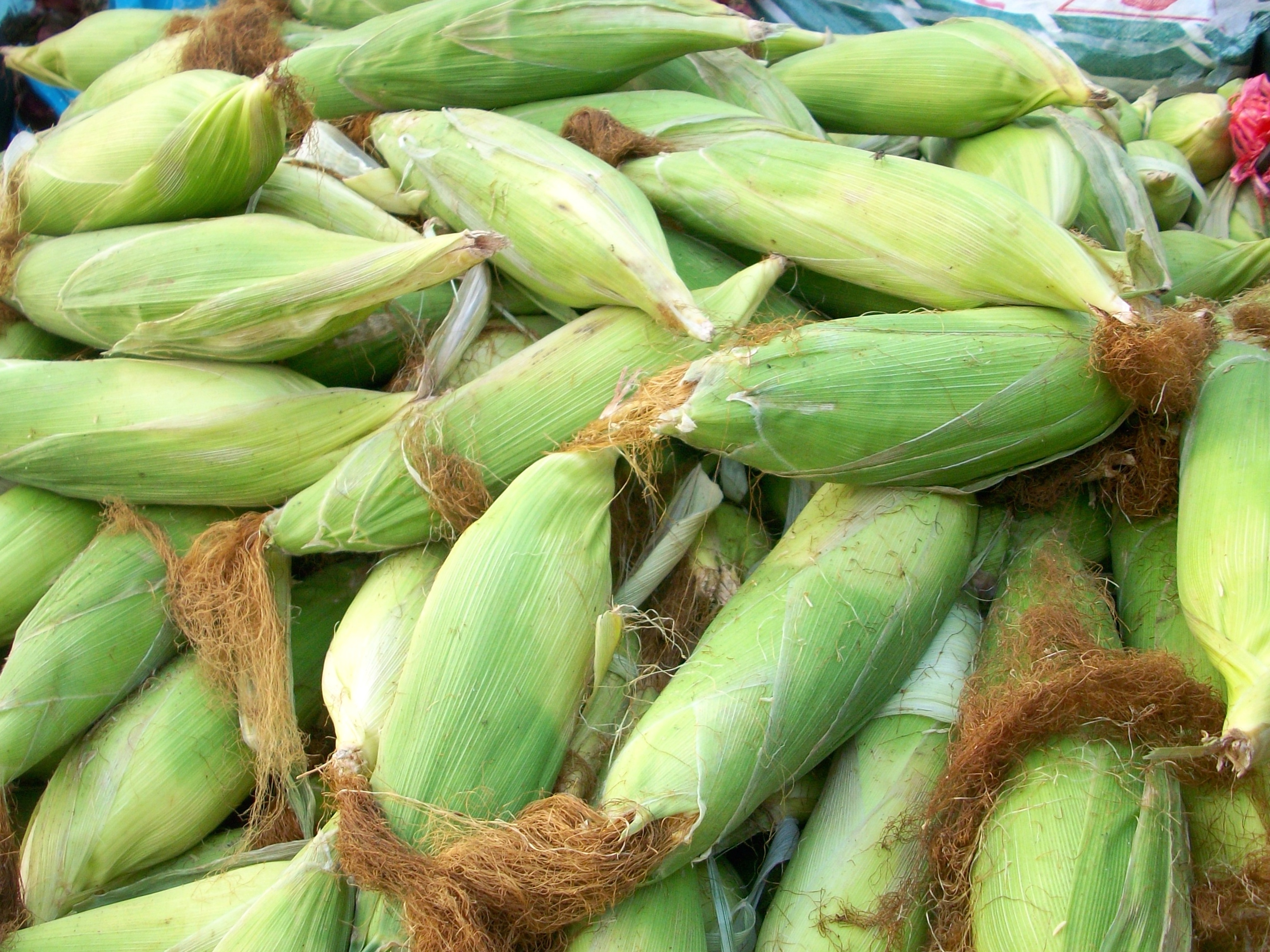GardenZeus Quick Tips: How Many Corn Plants Should I Grow in My Garden?

Corn is a space-hog in proportion to the amount of food it produces. Planting space is more often a limiting factor than a gardener’s appetite when growing corn in the home garden.
Each sweet-corn plant will produce only one or two ears (often one ear for early varieties and two ears for late varieties). For a corn variety that produces stalks of about 6 feet in height, approximately 70 to 85 plants will fit in a bed of 100 square feet if planted in a block with efficient biointensive spacing of 15 inches between plants.
Small plantings of corn pollinate best in blocks or groups; corn may not pollinate effectively or at all in rows in the home garden. Losses of 50% or more in corn ears should be expected in most gardens from environmental and soil challenges, inattention, insufficient nitrogen fertilization, insects, pollination problems, and garden mishaps, especially in new or infertile soil. A realistic yield of sweet corn in the home garden is about 30 to 120 ears per 100 square feet, depending upon corn variety, the gardener’s skill and experience, and many other factors.
For a small-to-medium family, 100 square feet of corn planted efficiently in reasonably fertile soil with an average yield should be enough to enjoy several meals together of corn on the cob, and maybe even have some extra corn to give away or freeze for later. A skilled gardener with loamy, fertile soil might produce an abundance of corn, 80 to 140 ears or more, in the same space during a single growing season.